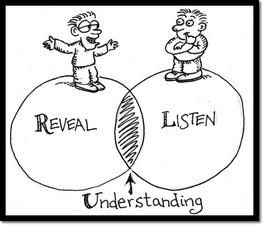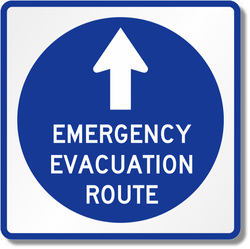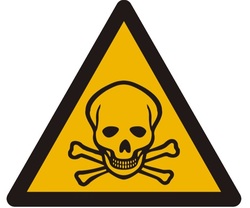 States of sedation
-- Aspiration risk - sedation depth and length don’t correlate with poor outcomes; - solids vs liquids - can impact aspiration risk; - GERD & age can increase risk; - no evidence based literature that has a definite time that patient needs to be NPO for -- Monitoring - pulse ox, response to commands, ventilation, CO2 monitoring, continuous cardiac monitoring - ETCO2 - goal 35-45 mmHg
Etomidate - complications of myoclonus Propofol - benefits - gives deep sedation, doesn’t give analgesia (need pain relief too); patients can have apnea and laryngospasm Combining sedatives - like ketofol? - may improve HD stability
0 Comments
 Case - 7 month old male - hx of complex congenital heart disease
- Be on the same team as the parent - you both want the kid to live - Be aware of the limitations of the members of your team and if things aren’t going well, rearrange things - Be empathetic - If you can’t make it, fake it!
 Case 1 - Is that Tube in the Right Place?
Case 2 - Locked-In
 Organic vs Non-organic etiologies
Delerium vs psychosis:
Work-up:
Therapy:
 Definitions
- https://www.cia.gov/library/publications/the-world-factbook/ - http://www.doingbusiness.org/ - http://www.lonelyplanet.com
Pediatric Disaster Medicine and Triage - Noste
 Cyanide
 Gastric Perforation 13 yr old female w/ abdominal pain - recent admission for abdominal pain with EGD (with biopsies taken). Became hypotensive, tachycardic, lactate 3.5 - surgery consulted & CT showed gastric perforation.
Hypotension - Beta Block Toxicity 49 y/o male from rehab - was found obtunded and hypotensive w/ BP 60/20 > ESRD dialysis patient > Hypothermic w/ temp of 93, pulse 59, BP 60/18; answering questions > Labs relatively unremarkable, EKG basically unchanged, CXR with pulmonary vascular congestion > List of meds reviewed - a LOT of antihypertensives including 1600 mg of labetolol in the past 24 hrs
Wernickes Encephalopathy 57 yr old "drunk" from medic > Normal vital signs, hx of COPD cirrhosis GERD and no meds > Wide based gait & tremulous & confused; while at rest normal neuro exam > Wernickes Encephalopathy - got thiamine and got better - Thiamine i500 mg iV over 30 minutes - At risk patients - anyone prone to malnutrition - Clinical diagnosis - consider with 2/4 nutritionally deficient, ocular findings, encephalopathy, ataxia  ACEP 2013 Guidelines DO’s 1. Take repeat blood pressures during your patient’s stay in the ED 2. Fast track patients with severely elevated blood pressures (>180/110) to a PCP 3. Start a patient on a maintenance oral antihypertensive if BP severely elevated a. BUT REMEMBER! i. Get a BMP ii.Think about their comorbidities DONT’s 1. HARMFUL! Do NOT give acute antihypertensives (i.e. clonidine, IV drugs) to asymptomatic patients. 2. Send home patient’s WITHOUT any follow up Limitations of ACEP 2013 Guidelines: Do NOT apply these guidelines to patients who have symptoms that may be indicative of a hypertensive emergency, pregnant patients, or patients with end stage renal disease.  Pt with Syncope... what should you do? 1. Obtain 12 lead EKGs on patients of all ages with history of syncope. (Level A Evidence) 2. According to ACEP Clinical Policy on Syncope, Laboratory testing and advanced investigative testing (such as ECHO and CT Head) need NOT be routinely performed unless guided by specific findings in the history or physical exam (Level C evidence). 3. There are multiple Risk Stratification Tools for syncope, including San Francisco, Rose, OESIL, EGSYS, and Boston, which have varying levels of sensitivity and specificity. The Boston Guidelines are the newest set of guidelines which have highest sensitivity at 100%. 4. ACEP's Clinical Policy of Syncope state the following four criteria for considering patients "high risk" following a syncopal event: 1. Older age with associated co-mordities, 2. Abnormal EKG, 3. Hct < 30, 4. History or presence of heart failure, CAD, structural heart disease |
Archives
August 2018
Categories
All
|
 RSS Feed
RSS Feed
